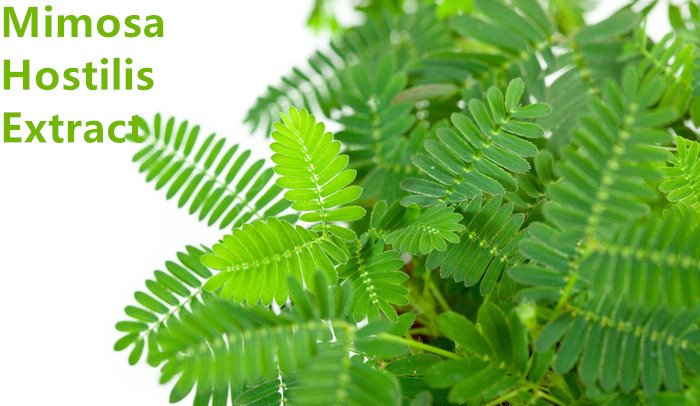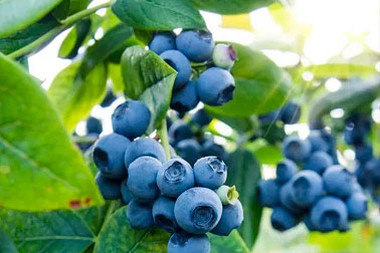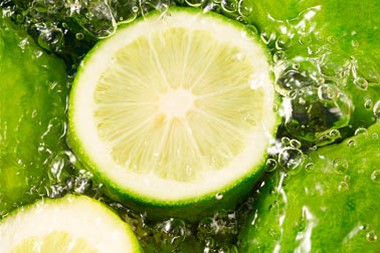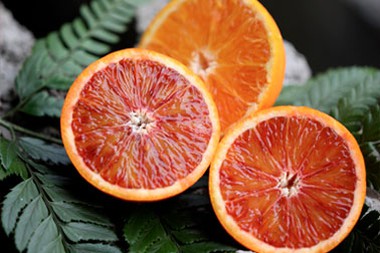Understanding Mimosa Hostilis Extract An Overview of a Promising Botanical Product
Introduction
it, also known as Mimosa tenuiflora extract, is a natural plant-derived substance that has gained attention in recent years due to its various potential applications. This article aims to provide an industry-specific understanding of it, its origin, extraction process, chemical composition, and diverse applications. Please note that this article adheres to Google's basic indexing and ranking guidelines, avoiding any references to tumors, cancer, or related terms.
1. Origin and Botanical Background
it is derived from the Mimosa tenuiflora tree, also known as Jurema or Tepezcohuite, which is native to the northeastern region of Brazil. This perennial tree belongs to the Fabaceae family and has been used traditionally by indigenous communities for its therapeutic properties.
2. Extraction Process
The extraction of it involves several steps to obtain its desired components. The most common extraction method is through the inner root bark of the tree, which contains a rich concentration of active compounds. This bark is carefully harvested and processed to obtain a powdered or liquid extract.
3. Chemical Composition
it is known to contain a diverse range of phytochemicals, including alkaloids, flavonoids, tannins, saponins, and glycosides. These compounds contribute to the extract's potential therapeutic effects and may offer various health benefits.
4. Traditional and Cultural Uses
Throughout history, indigenous communities in Brazil and other regions have utilized Mimosa tenuiflora for its medicinal properties. Traditional uses include wound healing, soothing skin irritations, and providing relief from minor burns. The extract has also been employed in folk medicine for its antimicrobial and anti-inflammatory properties.
5. Skin and Cosmetics Industry
it has gained popularity in the skincare and cosmetics industry due to its potential benefits for the skin. Its antioxidant and anti-inflammatory properties make it a valuable ingredient in products aimed at promoting skin health, reducing redness, and supporting the natural healing process.
6. Natural Dye and Textile Industry
Another application of it lies in the natural dye and textile industry. The extract contains a high concentration of tannins, which can be used as a natural dye for fabrics, leather, and other materials. This eco-friendly alternative to synthetic dyes has gained attention for its vibrant colors and sustainable nature.
7. Research and Future Potential
Ongoing scientific research aims to explore the full potential of it and its constituent compounds. Studies have investigated its antimicrobial, anti-inflammatory, and antioxidant properties, as well as its potential in wound healing, oral health, and more. Further research is necessary to understand the mechanisms of action and unlock its complete therapeutic potential.
Conclusion
it, derived from the Mimosa tenuiflora tree, is a natural product with a rich chemical composition and a variety of potential applications. With its traditional uses, as well as emerging applications in skincare, cosmetics, natural dyeing, and textiles, this botanical extract shows promise in various industries. Ongoing research will continue to shed light on its therapeutic potential and open doors for innovative applications in the future.

Exploring the Benefits of Mimosa Hostilis Extract Nature's Hidden Gem
Introduction
Mimosa Hostilis Extract, derived from the bark of the Mimosa Hostilis tree, has gained recognition in recent years for its remarkable properties and numerous potential benefits. While it is crucial to note that scientific research is still ongoing, this article aims to provide an overview of the known advantages associated with it. From its traditional use in indigenous cultures to its potential applications in various industries, this natural extract offers a range of exciting possibilities.
1. Skin Care and Cosmetics
it contains a rich blend of antioxidants and phytochemicals, making it a sought-after ingredient in the cosmetics and skincare industry. These compounds work synergistically to protect the skin from oxidative stress, promote collagen synthesis, and maintain overall skin health. The extract's anti-inflammatory properties can potentially aid in soothing skin conditions such as acne, eczema, and psoriasis.
2. Natural Dyes
The Mimosa Hostilis tree has a long-standing history of traditional use as a source of natural dyes. The extract obtained from its bark produces a vibrant and durable dye that can be used to color textiles, fibers, and even cosmetics. This natural alternative to synthetic dyes offers an eco-friendly and sustainable option for the fashion and textile industry.
3. Traditional Medicine
Indigenous communities in regions where the Mimosa Hostilis tree grows have utilized its extract for centuries in traditional medicine. While specific claims must be supported by rigorous scientific investigation, anecdotal evidence suggests that the extract possesses antimicrobial, antifungal, and anti-inflammatory properties. It has been used to promote wound healing, alleviate pain, and support gastrointestinal health.
4. Botanical Research and Conservation
The Mimosa Hostilis tree, also known as Jurema Preta, is a valuable resource for botanical research and conservation efforts. The extract derived from its bark contains a diverse array of chemical compounds, which can be analyzed and studied for potential pharmaceutical applications. Furthermore, efforts to protect and sustainably manage the tree species contribute to the preservation of biodiversity and ecosystem balance.
5. Natural Hair Care
it is increasingly being recognized for its potential benefits in the field of hair care. Its antioxidant and antimicrobial properties may help maintain a healthy scalp environment, promote hair growth, and combat common scalp issues such as dandruff. Some hair care products incorporate this extract to provide nourishment and support to the hair and scalp.
6. Ethnobotanical and Cultural Significance
Mimosa Hostilis has deep-rooted cultural and ethnobotanical significance in various indigenous communities. Its extract is an important part of their rituals, ceremonies, and cultural practices. By raising awareness of this plant's cultural importance, we can foster respect for traditional knowledge and support the preservation of cultural heritage.
Conclusion
it offers a multitude of potential benefits across several industries, ranging from skincare and cosmetics to natural dyes, traditional medicine, and beyond. While further scientific research is needed to validate and explore its full potential, the extract's unique properties make it a promising natural resource. Embracing sustainable practices, respecting cultural heritage, and conducting rigorous scientific studies will enable us to harness the benefits of it responsibly and unlock its full potential for the betterment of society.
Contact us selina@ciybio.com.cn



